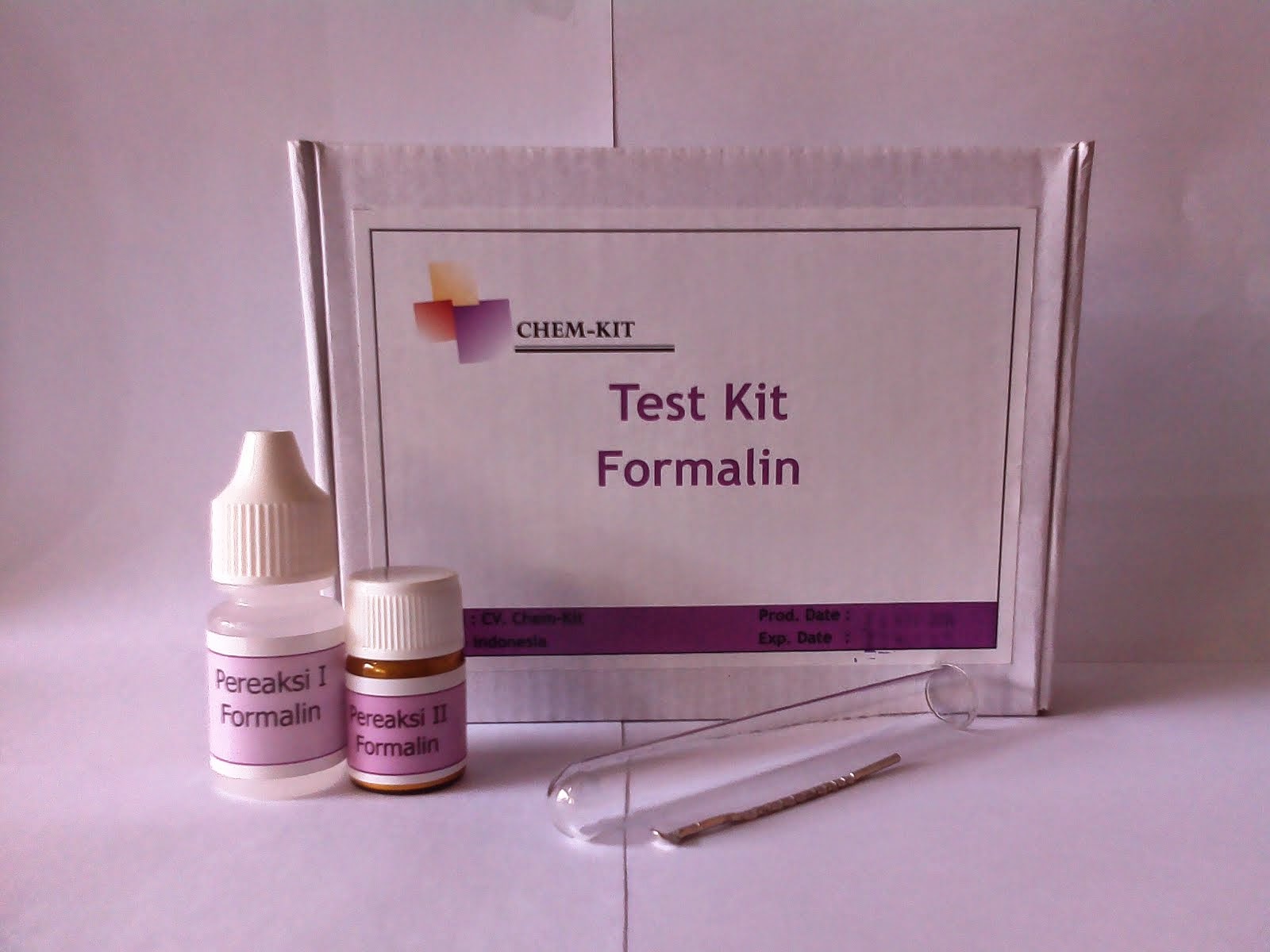
How to Check Salt Level in Koi Pond: A Complete Guide
Introduction
Koi ponds can be a beautiful addition to any garden, but keeping them healthy and happy requires regular maintenance. One important aspect of pond maintenance is monitoring the salt level in the water. This critical parameter can affect the overall health of your koi fish and other aquatic life in the pond. In this article, we will discuss how to check the salt level in your koi pond, its benefits and the proper corrective measures to ensure your fish thrive.
Why Check the Salt Level in Koi Pond?
Salt levels in the water are essential for your koi pond’s health and proper functioning. It helps maintain a balanced ecosystem, stimulates the fish’s immune system and reduces the effects of external stress. The right amount of salt improves the quality of the water by decreasing the growth of harmful bacteria. Conversely, low salt levels can lead to a weakened immune system and fish susceptible to infections.
What is The Ideal Salt Level for Koi Ponds?
The ideal salt level for koi ponds can vary depending on the specific needs of your fish. The general recommended range is between 0.1% and 0.3%, approximately 1 to 3 pounds per 100 gallons of water. However, it is essential to note that salt levels can fluctuate based on several variables such as water temperature, fish health, and plants in the pond. Therefore, regular monitoring is crucial.
How to Check Salt Levels in Koi Pond
Testing the salt levels in your koi pond is a simple yet necessary process that should be undertaken regularly. Here are the key steps that you can follow:
Step 1: Gather the Materials You Need
You’ll need a salinity meter or a salt test kit primarily designed for ponds. You also need a clean cup, a pen, and a notebook to record the results.
Step 2: Choosing the Location for Testing
Testing should be performed on different areas to get an average salt level due to variations in the pond. Use your net to stir the water and ensure the salt is uniformly dispersed.
Step 3: Collect Your Sample
Take your clean cup and scoop water several inches below the surface to avoid collecting any debris. Fill the cup up to the measure line and pour it into another clean container for testing.
Step 4: Testing the Salt Level
Follow the test kit’s instructions or use the salinity meter to check the salt level in the pond.eval(ez_write_tag([[300,250],‘devopedia_org-medrectangle-4’,’ezslot_0’,107,‘0’,‘0’]));
Step 5: Recording the Results
Keep a record of the salt levels, the date, and the test method used. It will allow you to monitor the trend and remain aware of low or high salt levels in the pond.
Step 6: Take Action
If the salt levels are outside the recommended range, you need to take the necessary corrective measures. If the levels are too low, add more salt to the pond until you attain the preferred range. If the salt levels are too high, you need to reduce the salt amount in the water.
Conclusion
Koi ponds provide an aesthetically pleasing sanctuary, and maintaining their environmental quality can be a fulfilling experience. Checking your pond’s salt level should be a vital part of your pond maintenance routine to ensure the health of your koi fish. Monitoring, recording, and taking corrective measures will not only improve your fish’s quality of life but also make your pond the most beautiful feature in your garden.




